Xiongnu
Videos
Page
The Xiongnu were a tribal confederation of nomadic peoples who, according to ancient Chinese sources, inhabited the eastern Eurasian Steppe from the 3rd century BC to the late 1st century AD. Modu Chanyu, the supreme leader after 209 BC, founded the Xiongnu Empire.
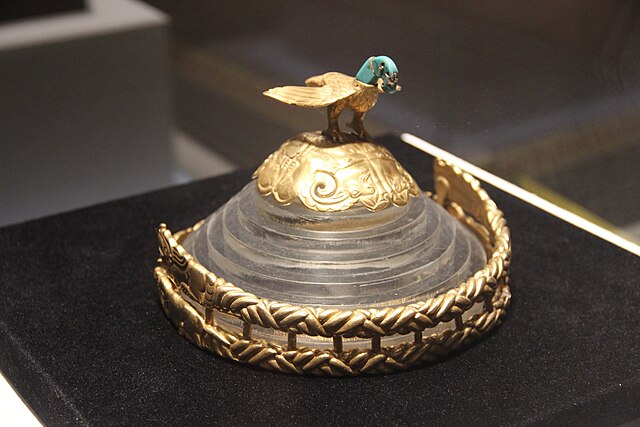
A gold crown belonging to a Xiongnu king, from the early Xiongnu period. Seen at the top of a crown is an eagle with a turquoise head.

Xiongnu chief, 2nd century BCE-1st century CE. Reconstruction by archaeologist A.N. Podushkin, in the Central State Museum of Kazakhstan.
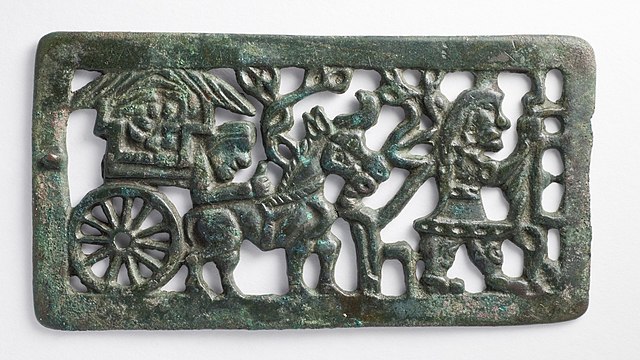
A traveling nomad family led by a man in belted jacket and trousers, pulling a nomadic cart. Belt Buckle, Mongolia or southern Siberia, dated to 2nd-1st century BC (Xiongnu period).
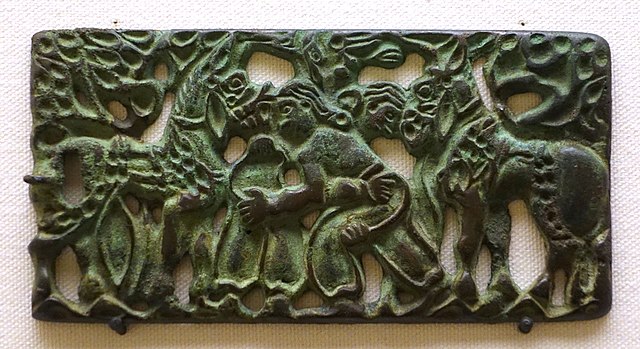
Belt plaque with design of wrestling men, Ordos region and western part of North China, 2nd century BC, bronze - Ethnological Museum, Berlin. According to Frankfort, the wrestlers are Xiongnu, and their horses have Xiongnu-type horse trappings.
Nomad
Videos
Page
Nomads are communities without fixed habitation who regularly move to and from areas. Such groups include hunter-gatherers, pastoral nomads, tinkers and trader nomads. In the twentieth century, the population of nomadic pastoral tribes slowly decreased, reaching an estimated 30–40 million nomads in the world as of 1995.
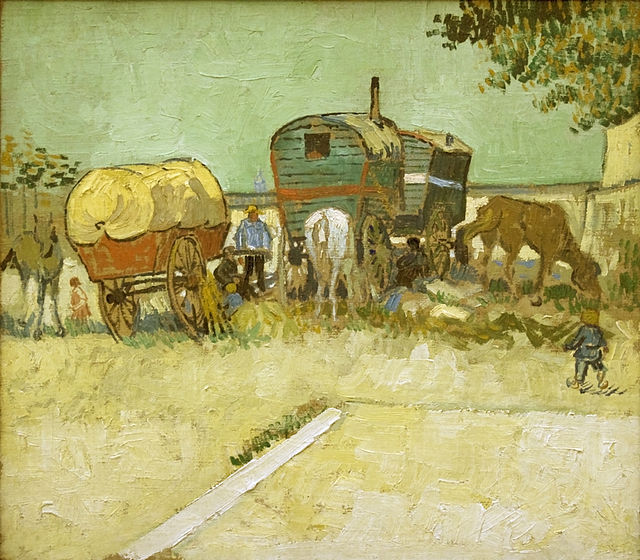
A painting by Vincent van Gogh depicting a caravan of nomadic Roma

Roma mother and child

Nomads on the Changtang, Ladakh
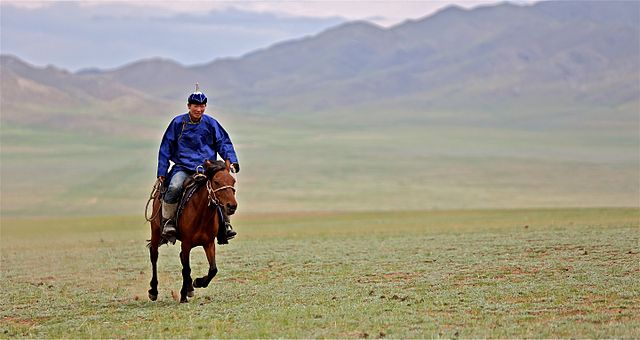
Rider in Mongolia, 2012. While nomadic life is less common in modern times, the horse remains a national symbol in Mongolia.